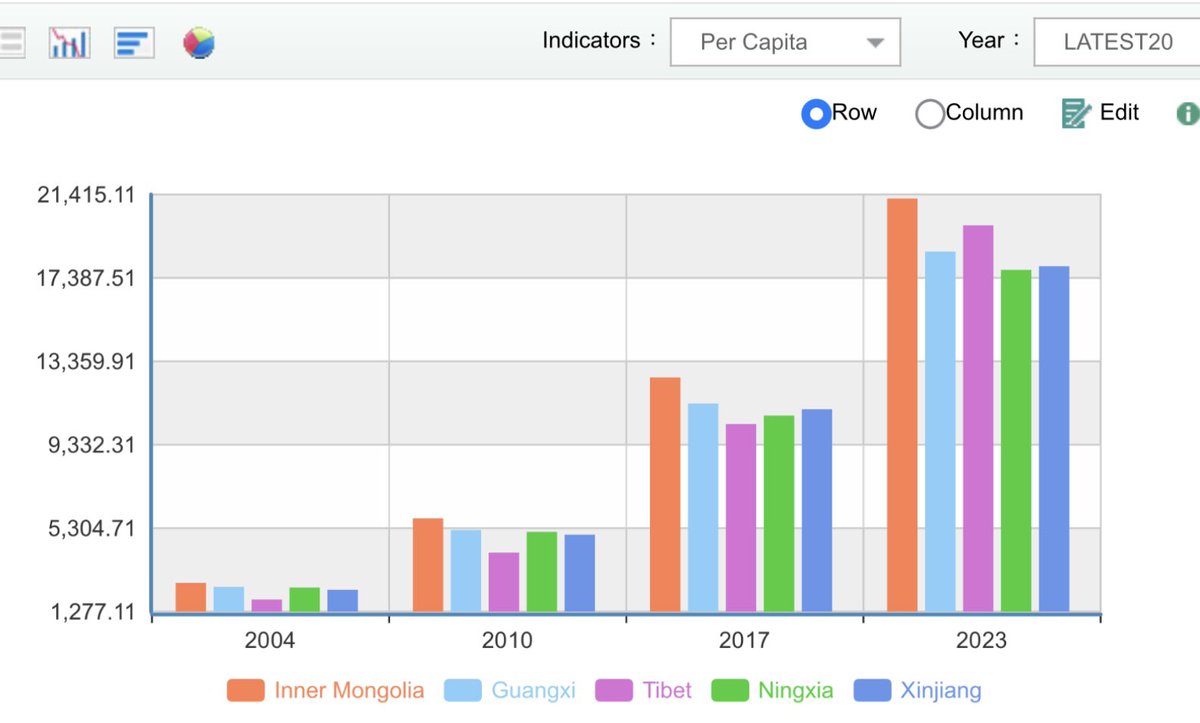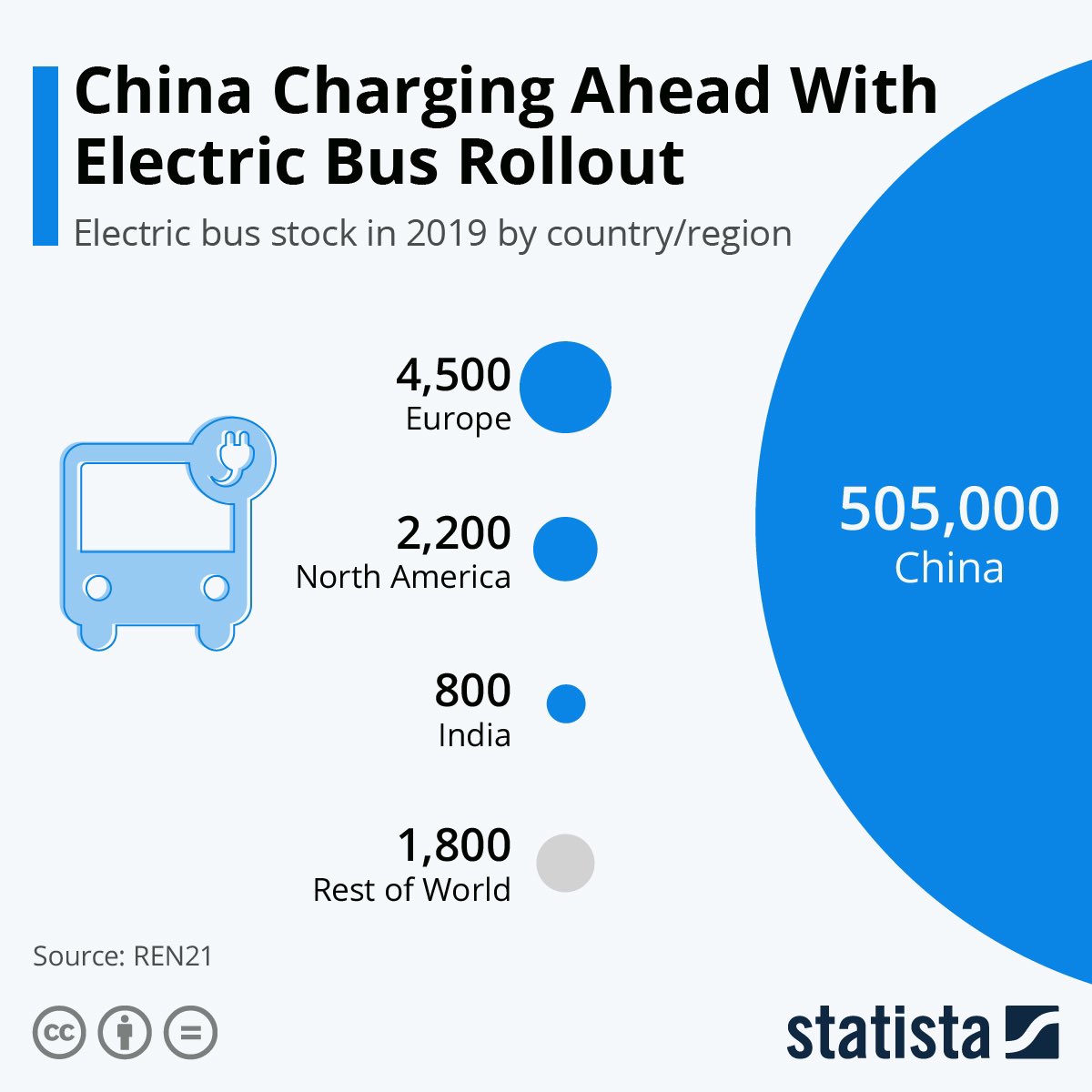Over the past few years, much was made of what may be happening to China's mosques, and the question of what makes a mosque a mosque. Do all mosques have a domed roof? or minarets (towers)?
A repost of a 🧵 of famous or notable mosques outside China that lack this architecture:
A repost of a 🧵 of famous or notable mosques outside China that lack this architecture:
Neither does the Baitur Rauf Mosque, also constructed recently in Dhaka. It's especially notable for being one of only two mosques in Bangladesh designed by a female architect (and it won an international architecture award). 





This is the Hassan II Mosque in Casablanca, completed in 1993. Its hall can fit 25,000 worshipers, and the grounds several times that. 





There is one tiny dome on the top of the minaret, as well as a laser that points toward Mecca. It's the second-tallest minaret in the world. 

(Incidentally, the TALLEST minaret is in the Great Mosque of Algiers, which DOES have a domed roof, and was built by China State Construction Engineering. It was arguably the tallest building in Africa until the Iconic Tower in Egypt, also built by China, overtopped it last year) 



Mauritania's ancient Friday Mosque of Chinguetti, and modern Saudi Mosque in Nouakchott, both domeless: 





This is the Grand Mosque of West Sumatra. The roof shape represents how Muhammed resolved a dispute over who would have the honor of carrying the Black Stone to the Ka'Bah in Mecca. (His solution was to have one guy from each clan hold a corner of a cloth supporting the stone.) 





Some more Indonesian mosques. This is the Al-Markaz Al-Islami Mosque, the largest in Sulawesi. It was built in the 1990s. 



Here's a small floating mosque in Indonesia with some very tiny domes, and a few more mosques with pointed roofs 





A lot of mosques in Indonesia are centuries old, some even 500 years old or more, and have been renovated or rebuilt multiple times. 







Plenty of domed mosques exist in Indonesia too, but weren't common until the colonial period in the 19th Century. The Baiturrahman Grand Mosque, in Banda Aceh, Sumatra, for example: 





China played an important role in spreading Islam to Indonesia. The famous Chinese explorer Zheng He (himself a Muslim) established Muslim communities and mosques in Java and Sumatra. I don't know if any still stand, but in 2005 this mosque in Palembang was built in his honor. 





The Great Mosque of Palembang, built almost 300 years ago, has domes, but they're relatively quite small, just over the main entrance. They were only recently added in the 1970s. 



A few more cool mosques in Indonesia. The last was an office building constructed under Dutch colonial occupation and converted into a mosque in 1987. 





You can see the unusual, very rectangular minaret from above the Sancaklar Mosque in suburban Istanbul, but that's about it. The hall of the mosque is underground. 





The Great Mosque of Diyarbakır in the Kurdish region of Turkey is almost a thousand years old and is considered one of the holiest sites in the Islamic world. It has conical, rather than domed features. 





The world's "highest" mosque, on the 77th floor of the Kingdom Centre in Riyadh, doesn't have domes or minarets, unless you count the skyscraper itself. 

The King Abdullah Financial District Grand Mosque, also in Riyadh. The design is inspired by the sand rose, a crystal formation that sometimes appears in the desert. 





The Faisal Mosque in Islamabad, one of the largest mosques in the world. Instead of using a dome, the hall was designed to resemble a Bedouin tent. 





Dungan Mosque in Karakol, Kyrgyzstan. It was built by Chinese Muslim immigrants in the 19th Century. 





The Canberra Islamic Centre in Australia doesn't seem to have a dome over its roof, but more of a half-cylinder. 

The Jamia Mosque in Srinigar is one of the most important mosques in Kashmir. It was originally built in 1402 and has been reconstructed several times. Rather than domes or minaret towers, it has spires, a little bit like some Christian churches. 





Al-Irsyad Mosque in Padalarang, Indonesia (someone else showed me this, I think @ComradeLin2) 





Education City Mosque in Qatar, part of a larger university complex. No dome, and very unusual minarets, they look angled at 15 degrees or so 





Another cool addition to this thread, in Nepal👇
https://twitter.com/Sabina_91521/status/1565201378053480449
another in Kerala, India👇
https://twitter.com/jithin_v2/status/1565209575095439360
• • •
Missing some Tweet in this thread? You can try to
force a refresh





































